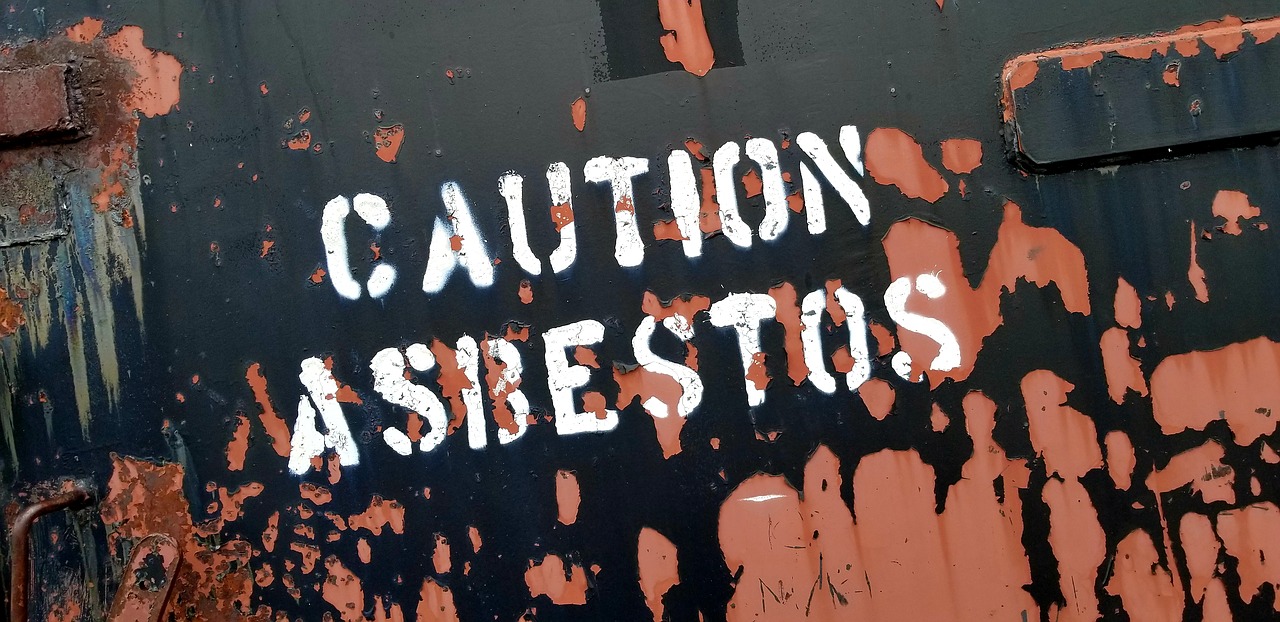
Back in June, the then-Pruitt-led EPA passed what is known as a “Significant New Use Rule” (SNUR) regarding the use of asbestos. The new rule would allow “for certain uses of asbestos (including asbestos-containing goods).” In a press release issued June 1st, the EPA announced that under the new rule vendors to apply for the new use, manufacture, or import of asbestos, under the approval of the EPA. The agency also announced that they would no longer review exposures from abandoned uses of asbestos.
Despite the fact that the EPA considers the new rule a good thing—lauding the legislation as “the first such action on asbestos ever proposed,” critics remain unconvinced. According to the non-profit Environmental Workers Group, the rule is meant to “bamboozle” American’s into thinking the EPA is taking groundbreaking action on asbestos without enacting a ban on its use. 2016 saw the passage of the Obama-era Frank R. Lautenberg Chemical Safety Act; an act meant to give the EPA the power to ban sufficiently toxic chemicals.
However, the new EPA-backed regulations essentially weaken this act by failing to take into consideration the key ways the public is exposed to asbestos: via contaminated air, water, and consumer products. The new regulatory actions primarily focus on workers who come into relatively direct contact with asbestos and not on other methods of exposure.
Asbestos has been a highly regulated material since the EPA banned its use in insulation beginning in the 1970s. The EPA originally followed with plans to eventually eliminate asbestos use entirely, but some critics hold that industry lawyers successfully blocked full-on bans of the substance. As a result, asbestos use has been regulated, although its use in some specific cases remains widespread, such as car and motorcycle brakes, fire retardant clothes, and construction materials.
In addition to asbestos, the new safety regulations would affect the classification and handling of 10 other potentially toxic chemicals. Among these other chemicals are methylene chloride and trichloroethylene, two known carcinogens/neurotoxins as well as carbon tetrachloride, an extremely powerful hepatotoxin. The new regulatory policy is open for public comment on the EPA’s website until August 10, at which point the rule will go on to the next stage in validation.
Dangers of Asbestos
The dangers of asbestos are widely known Despite being a naturally occurring material, large-scale asbestos mining did not start until about the end of the 19th century, cotemporal with the growth of industry and manufacturing. Being made of small fibrous crystals, asbestos has a number of useful properties, such as sound absorption, resistance to heat and electricity, and a relatively high tensile strength; all qualities that make it desirable in manufacturing and construction. Unfortunately though, once manufactured asbestos become toxic.
The health risks of asbestos have been known since the beginning of the 2oth century, but public knowledge of its dangers was not common until the 1970s. Due to the suppression of information by those in the asbestos industry, manufacturers continued to use asbestos products well into the 20th century, resulting in many cases of debilitating illness. Just this July, for example, Johnson & Johnson was ordered by a jury to pay $4.6 billion in damages to 22 women, who brought a suit on the grounds that asbestos in Johnson & Johnson products gave them ovarian cancer.
Asbestos has been unequivocally linked to lung cancer, mesothelioma, and asbestosis (a pneumonia-like infection). When manufactured, microscopic fibril crystals break off into the atmosphere. The inhalation of the tiny crystals can irritate lung tissue and stimulate the growth of growths or cancerous tumors. These small crystals also aggregate and can form tendril-like webs in afflicted lungs affecting lung capacity and performance. Asbestos can continue shedding fibril crystals even after it has been manufactured. In particular, those who work or live in places with old insulation are disproportionally affected by asbestos-related health conditions. This specific delivery mechanism of toxic asbestos makes it difficult to clean up as well, for demolishing old buildings can release large amounts of asbestos into the atmosphere.
The World Health Organization estimates that currently over 125 million people worldwide are exposed to harmful levels of asbestos in the workplace daily. A large amount of the exposures are in developing countries that have lax standards on the use and manufacture of asbestos, but it is estimated that asbestos causes approximately 12,000-15,000 people per year in the U.S.
Regulation And The Trump Administration
The changes to the rankings and safety protocols of toxic chemical follow upon a long list of repeals to environmental legislation spearheaded by the Trump administration. In addition to rolling back regulations aimed at reducing the amount of groundwater runoff and methane production, Trump’s EPA has established new procedures regarding the use of scientific data in crafting EPA policy decisions. The EPA will also no longer hear cases in court regarding its ability to enact regulatory legislation. Essentially, this means that advocacy groups can no longer bring a suit to the EPA to make them regulate harmful substances or procedure. In other words, it gives the EPA a pass to do the absolute bare minimum when it comes to enforcing environmental standards.
These particular policy changes are meant to slow and stymie the regulatory process at its source. By legally undermining regulatory advocates major sources of evidence or by creating barriers to regulatory action, The Trump led EPA has been waging a bona fide war on government regulations. The result is a slow adaption of new regulations and ineffectual rules whenever regulations are actually passed. Since Inauguration day 2017 only around 150 new rules have been approved by the White House regulatory body, as compared to 510 in Obama’s first year and 445 for Bush Jr.
Supporters say that Trump’s deregulation focused agenda will end up rooting out outdated rules with high costs and low benefits. Critics say that the perceived war on regulation is not about rooting out burdensome policies but about allowing corporate interest to dominate the direction of public policy.








